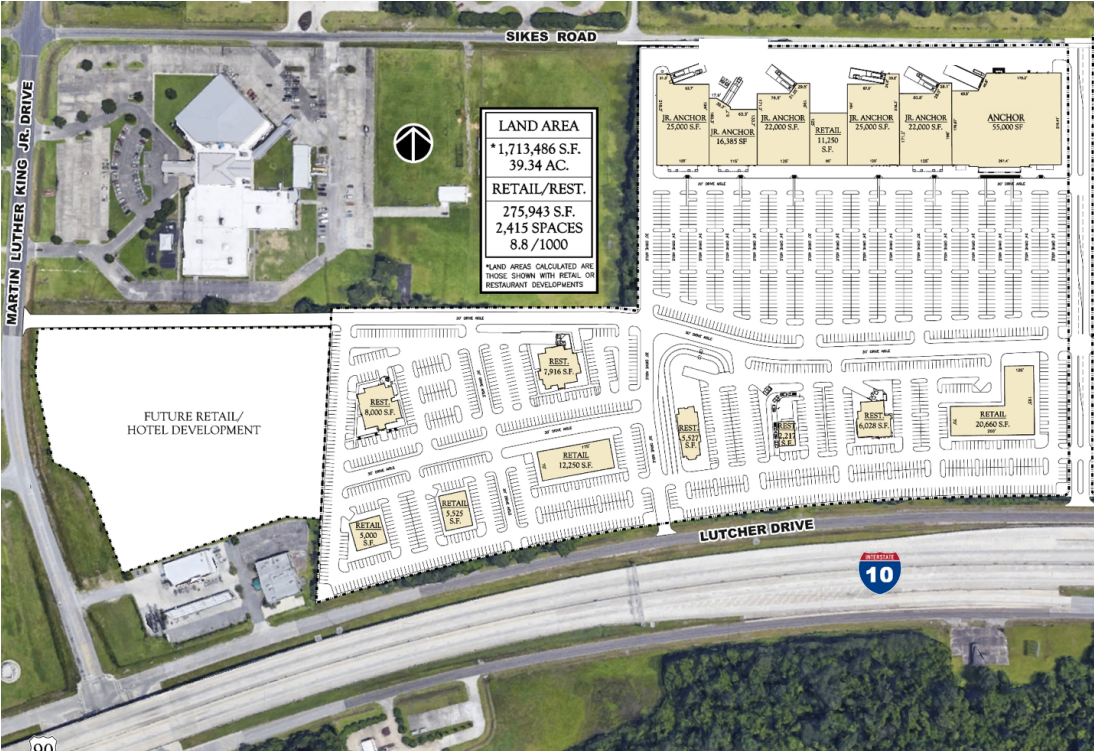Make raised beds now for summer gardening
Published 4:39 pm Thursday, February 3, 2022
|
Getting your Trinity Audio player ready...
|
By Gary R. Bachman
MSU Extension Service
Although daffodils are starting to show their tops through the bare ground, watching them emerge does not give gardeners much to do during the winter months.
But this time spent waiting for spring’s arrival is the perfect opportunity to get ready for the growing season. A project every gardener will benefit from is building a raised bed.
A raised bed is simply a landscape or garden bed that is higher than the surrounding grade. These beds are useful for both vegetables and flowers.
Gardening in a raised beds is one way to intensively cultivate a small area. It is also a good starting place for new gardeners who may be intimidated by the time and work involved in creating a garden from scratch.
There are many benefits of using raised beds. Plants require less time and space to produce a crop. Research suggests that this is primarily due to the much-improved drainage a raised bed offers compared to in-ground gardening. Weed control is also easier.
Gardeners themselves also benefit. Those with sore backs or bad knees will find that bringing the garden up a little closer means less bend and fewer aches and pains. Using raised beds also allows the gardener to reach into the bed from both sides.
First, decide where to place your raised bed, as the amount of sunlight it receives affects what can be successfully grown. Most vegetables prefer full sun all day, but they can get by with at least six hours a day of morning sun.
Also consider where your raised bed will be in relation to the water faucet. Successful gardens must have easy access to irrigation.
It is not hard to construct your own raised bed. The first rule is that a raised bed should never be more than 4 feet wide. That means you have to reach only 2 feet into the bed from either side, and you never set foot in the bed itself. Raised beds are usually about 1 foot deep.
You can make the raised beds as long or as short as you like to fit your growing needs and garden space.
Some lumber yards now offer treated wood that is garden friendly. If you don’t want to use treated lumber, cedar and redwood have natural resistance to decay. These woods are more expensive but will last much longer than untreated pine.
Build sides out of any hardscape material, such as lumber, galvanized metal, stones or bricks. Sides keep the growing mix where it belongs and your garden looking tidy.
Fill raised beds with a container growing mix that stays light and fluffy. Don’t use regular ground soil. A raised bed is just a very large container, so use a mix that drains well.
To calculate the volume of growing mix you need, just multiply the length by width by depth in feet. So, for a 4-by-8-foot raised bed, multiply 8 times 4 times 1, which equals 32 cubic feet of growing mix.
Bagged, premixed potting soil or soilless mixes are readily available from garden supply stores. They are quick and easy but are also the most expensive. You can make your own with the same great results using equal volumes of peat moss, compost and pine bark.
To make measuring easier, remember that a 5-gallon bucket hold two-thirds of a cubic foot.
Find more tips on raised bed gardening in MSU Extension Service Publication P3087, “Constructing Raised Beds for the Mississippi Gardener,” at https://bit.ly/3g4ktRV.
Dr. Gary Bachman is an Extension and research professor of horticulture at the Mississippi State University Coastal Research and Extension Center in Biloxi. He is also the host of the popular Southern Gardening television and radio programs. Contact him at southerngardening@msstate.edu. Locate Southern Gardening products online at http://extension.msstate.edu/





